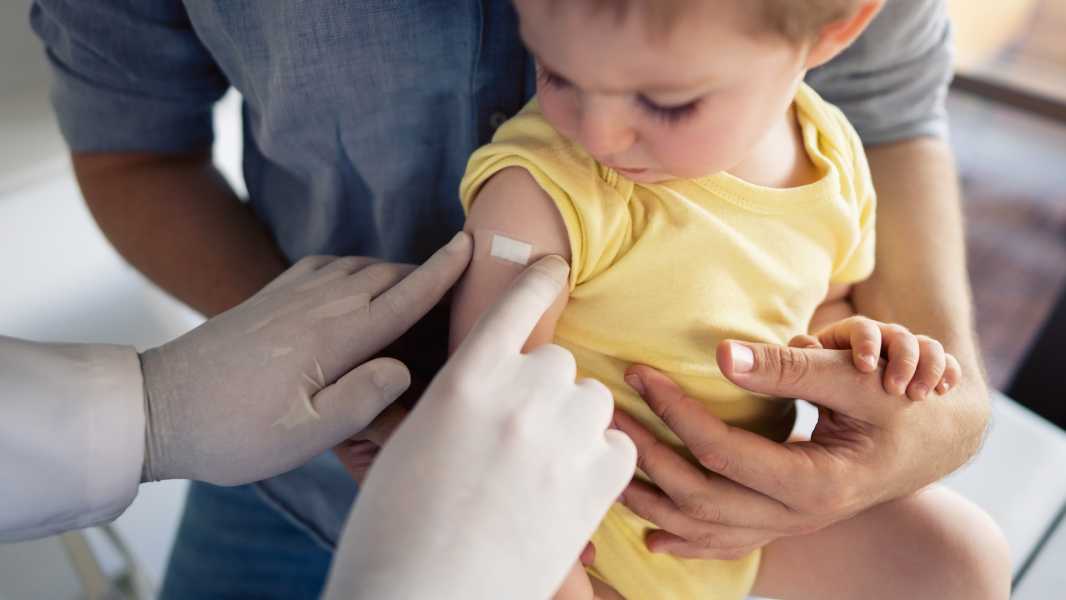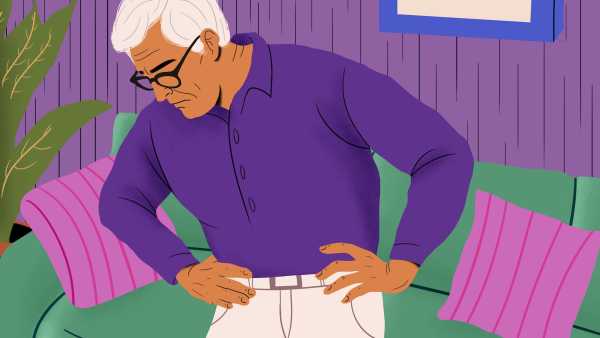
Babies can start receiving the whooping cough vaccine as early as 6 weeks of age. (Image credit: SrdjanPav via Getty Images)
Whooping cough, a bacterial infection that is especially dangerous to infants and young children, is on the rise again. In 2025, there were 8,485 cases reported in the United States. By comparison, there were 4,266 cases reported during the same period in 2024.
Like measles, which is also spreading at unprecedented levels, pertussis, more formally known as whooping cough, can be prevented with a safe and effective vaccine. However, with anti-vaccine sentiment on the rise and immunization availability declining, pertussis vaccination rates in children have declined over the past two years.
The Conversation asked epidemiologist Annette Regan to explain why whooping cough has become so common and how families can protect themselves from the disease.
What is whooping cough and why is it dangerous?
Whooping cough is a vaccine-preventable infectious disease caused by the bacterium Bordetella pertussis. Researchers in France first isolated the bacterium B. pertussis in 1906. The first recorded outbreak of whooping cough is thought to have occurred in Paris in 1578.
The infection can lead to acute respiratory disease, characterized by severe, spasmodic coughing fits. The characteristic symptom of whooping cough is the “whoo” sound a person makes when trying to breathe in during a violent cough. Severe complications of whooping cough can include slow or stopped breathing, pneumonia, and seizures. The disease is most severe in infants, although serious cases and deaths can also occur in older children and adults.
Some doctors call whooping cough the “100-day cough” because symptoms can persist for weeks or even months.
The World Health Organization estimates that there are 24.1 million cases of whooping cough and 160,700 deaths among children under 5 worldwide each year. Whooping cough is highly contagious. If exposed to it, 80% of people who have not previously been exposed to the bacteria or vaccinated against the disease will become ill.
Fortunately, the disease can be prevented with a safe and effective vaccine that was first licensed in the United States in 1914.
How do last year's and current year's cases compare to previous years?
During the COVID-19 pandemic from 2020 to 2022, the number of whooping cough cases was lower than usual. This may be due to the limitation of social contacts due to social distancing, wearing masks, school closures, and isolation measures, which reduced the overall spread of the disease.
But over the past two years, whooping cough cases have exceeded pre-pandemic levels. In 2024, local and state health officials reported 35,435 cases of whooping cough to the Centers for Disease Control and Prevention — five times the 7,063 cases reported in 2023 and nearly double the 18,617 cases reported in 2019 before the pandemic.
Between October 2024 and April 2025, at least four people died from whooping cough in the United States: two infants, one schoolchild, and one adult.
What is that sound? Whooping cough – YouTube
See more Why are whooping cough cases on the rise?
Although vaccination has led to a significant decline in whooping cough cases in the United States, the disease has been increasing since the 1990s, with the exception of a brief dip during the COVID-19 pandemic.
Before routine childhood pertussis vaccination began in 1947, cases ranged from 100,000 to 200,000 per year. With the introduction of vaccines, cases dropped below 50,000 per year by the late 1950s and below 10,000 by the late 1960s. The low was 1,010 cases in 1976.
Sourse: www.livescience.com





